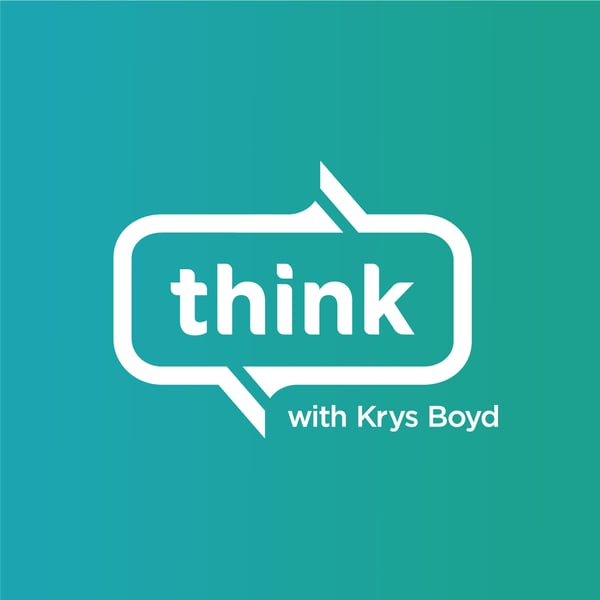Are we thinking about the wealth gap wrong?
KERA's Think
KERA
4.8 • 861 Ratings
🗓️ 26 June 2025
⏱️ 45 minutes
🧾️ Download transcript
Summary
Rising inequality is a concern for governments and everyday people – but it might be useful to put the current situation into historical perspective. Daniel Waldenstrom is professor of economics and program manager for the research program Taxes and Society at the Research Institute of Industrial Economics in Stockholm. He joins host Krys Boyd to discuss why understanding the metrics of measuring inequality is critical to understanding that not all people — or even countries — are being as hard hit as we might believe. Plus, we’ll talk about what might actually work to address poverty. His article in Foreign Affairs is “The Inequality Myth,” and his book published last year is “Richer and More Equal: A New History of Wealth in the West.”
Learn about your ad choices: dovetail.prx.org/ad-choicesTranscript
Click on a timestamp to play from that location
| 0:00.0 | We hear so often about how economic inequality is bad and getting worse all the time, |
| 0:16.1 | that it's easy to overlook some critical questions, like by what metrics are things deteriorating and for whom? |
| 0:23.0 | And is it possible that comparing ourselves to the Uber wealthy might mislead us about the |
| 0:27.9 | relative differences among pretty much everybody else? |
| 0:31.4 | From KERA in Dallas, this is think. I'm Chris Boyd. |
| 0:35.6 | My guest is Professor of Economics and head of the Taxes |
| 0:38.7 | and Society program at the Research Institute of Industrial Economics in Stockholm. He says |
| 0:44.0 | these questions matter because if we don't have an accurate picture of what is not working in |
| 0:48.4 | the economy, we can't come up with ways to fix it for everyone. Daniel Waldensstrom is author of the book, |
| 0:54.6 | Richer and More Equal, a New History of Wealth in the West. His article for foreign affairs is |
| 0:59.9 | titled The Inequality Myth. Daniel, welcome to think. Thank you, Chris. So let's start with this |
| 1:07.4 | very obvious question that we don't often ask. What metrics do we most commonly |
| 1:12.8 | use to define economic inequality? Well, so yes, this is my favorite question because, you know, |
| 1:21.5 | inequality researchers, we love measurement. We love to play around with different kinds of measures |
| 1:26.4 | and different kinds of outcomes. |
| 1:28.7 | So the most common measure that we talk about is the differences in disposable income of households. |
| 1:38.2 | So disposable income is what you earn on your job and maybe having some capital income, but then also after you pay all the taxes. |
| 1:48.0 | This is what you have to consume if you want to at the end after all of this. |
| 1:53.0 | So comparing that across households in the entire population gives us a picture of the differences and the dispersion and the inequality of these incomes. |
| 2:05.6 | As a statistical measure, maybe you have heard of the genie coefficient. So that's basically a single |
| 2:12.1 | number between zero on one measuring the kind of the degree of inequality in the population. |
| 2:21.3 | Then you can use this coefficient, you can apply it on other outcomes. |
... |
Please login to see the full transcript.
Disclaimer: The podcast and artwork embedded on this page are from KERA, and are the property of its owner and not affiliated with or endorsed by Tapesearch.
Generated transcripts are the property of KERA and are distributed freely under the Fair Use doctrine. Transcripts generated by Tapesearch are not guaranteed to be accurate.
Copyright © Tapesearch 2025.

